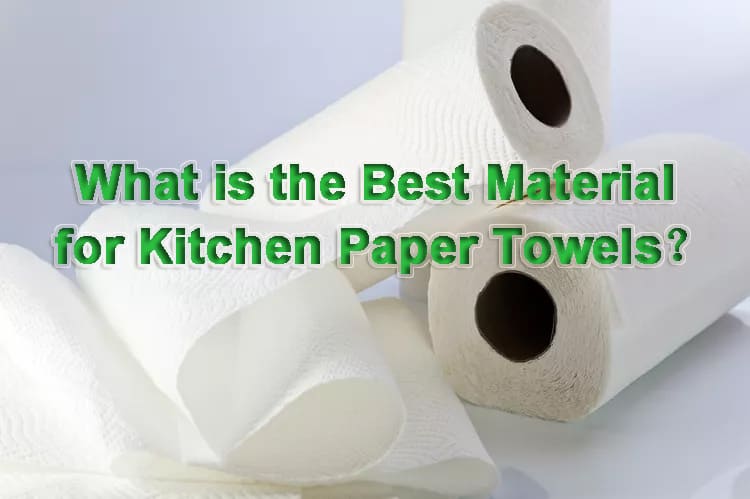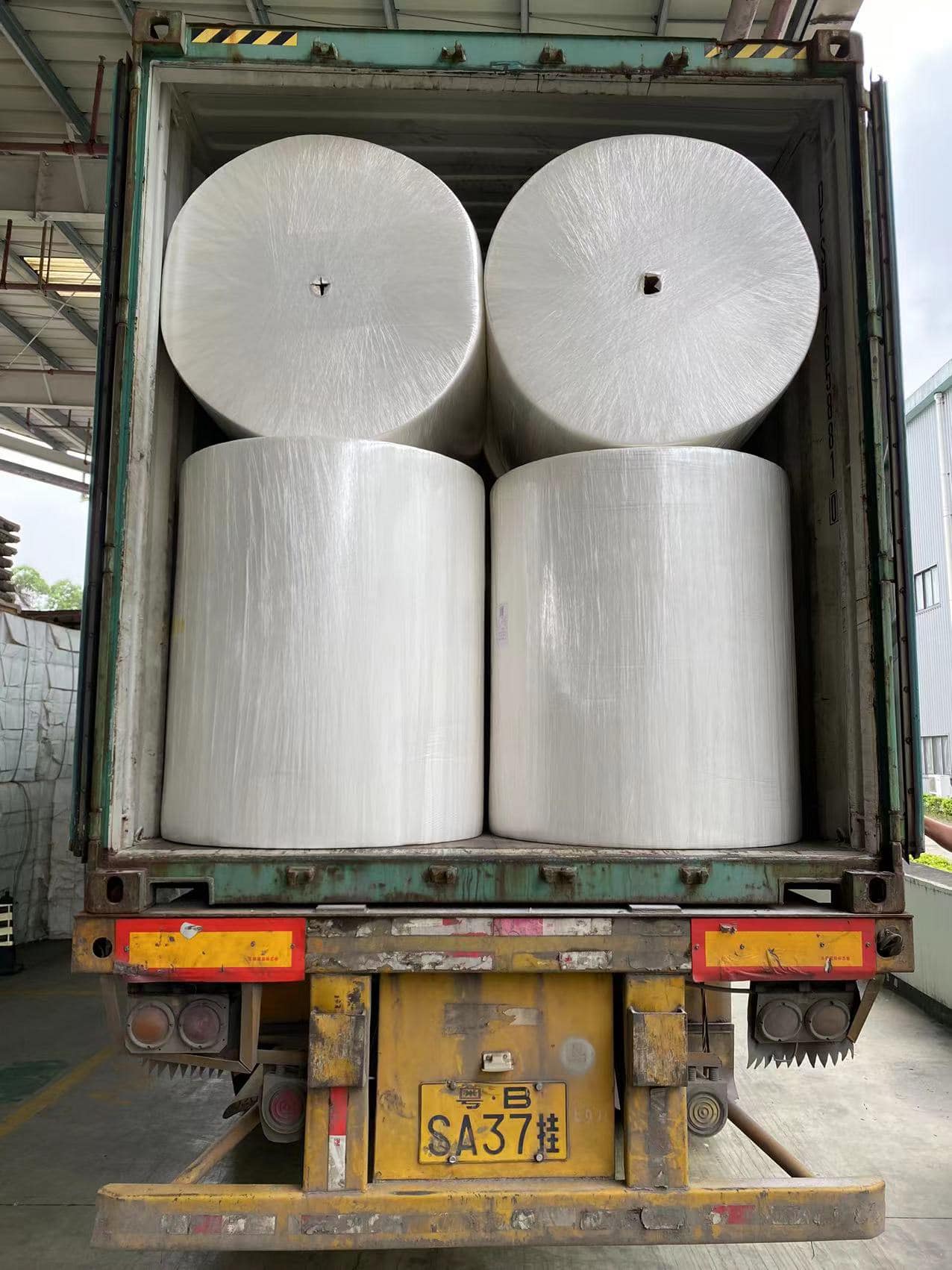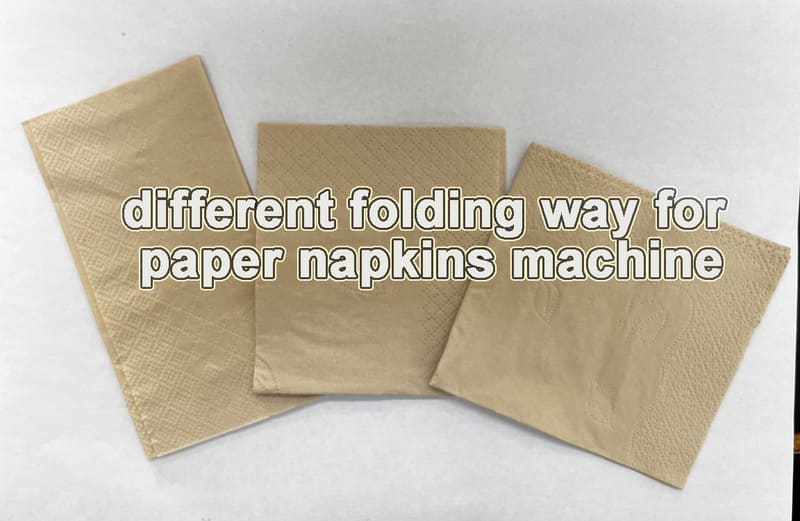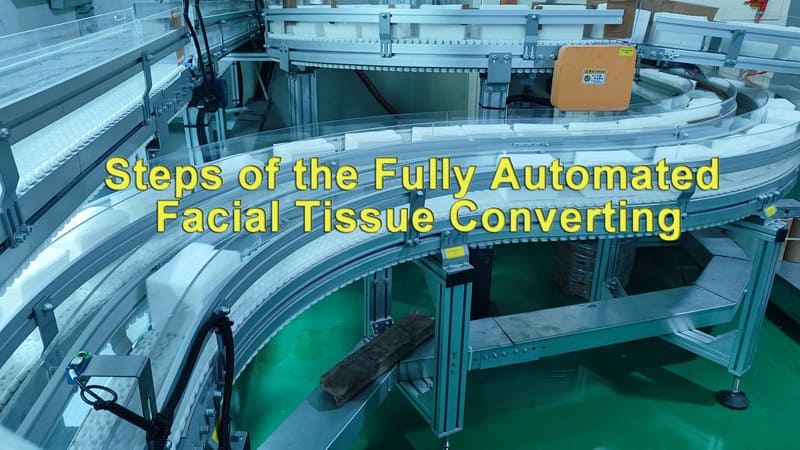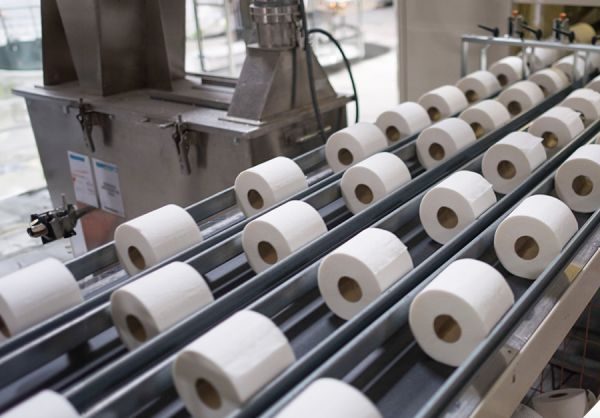What are the Steps of the Fully Automated Facial Tissue Converting Process
In the world of tissue manufacturing, fully automated processes represent the pinnacle of efficiency and quality. Below, we explore the detailed steps involved in the automated production of facial tissues, emphasizing the sophisticated technologies that drive each stage.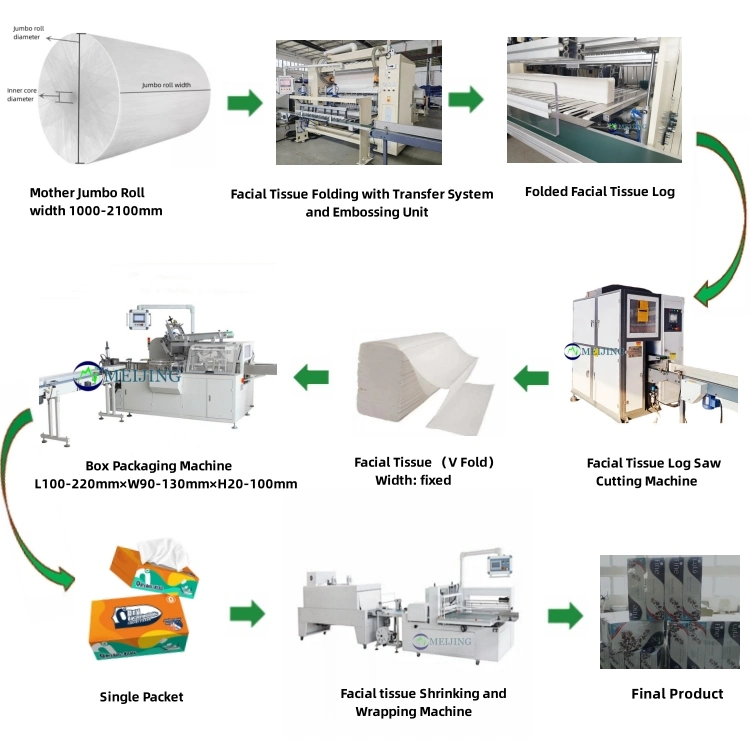
1. Raw Material Preparation
Unloading and Handling
- Automated Systems: Robotic arms and automated guided vehicles (AGVs) are used for unloading tissue mother rolls from delivery trucks and safely transporting them to storage or directly to the production line.
- Storage Systems: Automated storage and retrieval systems (ASRS) keep large quantities of mother rolls organized and readily accessible, minimizing material handling times and reducing human intervention.
Quality Inspection
- Initial Quality Checks: Before entering the production line, mother rolls undergo automated inspections. High-resolution cameras and sensors check for defects, thickness, and uniformity, ensuring that only material meeting strict quality standards is used.
2. Converting Process
Unwinding
- Automated Unwinder Systems: These systems precisely control the speed and tension of the paper as it is fed into the converting line, which is crucial for maintaining paper integrity and alignment.
Printing and Embossing
- Digital Printing: Advanced digital printers offer high-speed, high-resolution printing capabilities. They apply water-based inks for logos, patterns, and other customizable elements with precise registration control.
- Embossing Rollers: Customizable rollers apply pressure to create embossed patterns. These patterns are not only aesthetic but also improve the absorption and strength of the tissues.
Folding
- PLC Controlled Folding Machines: These machines use sophisticated algorithms to change folding patterns quickly without manual intervention. They adjust to different configurations, like V-fold or Z-fold, to suit various product specifications.
Cutting
- Precision Cutting: Laser or blade cutters trim the folded tissue into individual sizes. The cutting process is closely monitored by sensors to ensure each tissue meets exact dimensions.
3. Quality Control
- Automated Inspection: As tissues pass through the line, vision systems inspect each sheet for consistency, print quality, and proper folding. Any anomalies detected result in automatic rejection of the defective tissue.
- Data Collection: All production data, including speed, output quality, and waste percentages, are logged automatically for ongoing process optimization.
4. Packaging
Stacking and Counting
- High-speed Stackers: These machines accurately count and stack tissues in predetermined quantities. They adjust dynamically to handle different pack sizes and stack configurations.
- Automated Wrapping: Wrappers then encase stacks in protective film, ensuring that they are ready for consumer use and meet hygiene standards.
Boxing and Palletizing
- Boxing Machines: Finished packs are automatically boxed, taped, and labeled with product information and barcodes for retail.
- Palletizing Robots: Finally, boxes are organized into pallets by robotic systems, ready for distribution. These robots are programmed to arrange boxes optimally, maximizing space and stability for transport.
5. Benefits of Automation
- Scalability: Automated lines can be scaled up or down based on demand without significant downtime or cost.
- Employee Safety: By automating repetitive and potentially hazardous tasks, the risk to human workers is significantly reduced.
- Environmental Impact: Automation helps in precise control of material use and waste, contributing to more sustainable production practices.
Conclusion
The fully automated manufacturing process for facial tissues not only optimizes production but also ensures that the highest standards of quality and efficiency are met consistently. As technology advances, these processes will become even more integrated, further pushing the boundaries of what’s possible in tissue manufacturing.FAQ
Related questions and answers
Facial tissue converting is the process of transforming large parent rolls of tissue paper into smaller, consumer-ready facial tissue products through cutting, folding, and packaging.
The main steps include unwinding the parent rolls, embossing for texture, slitting and cutting to size, folding into individual tissues, and packaging the finished products.
Automation enhances precision, efficiency, and speed, reduces labor costs, minimizes waste, and improves product consistency and quality.
Machines used include unwinders, embossers, slitters, cutters, folders, and packaging machines, all of which are integrated to streamline the entire production line.
Yes, customization options include varying tissue sizes, embossing patterns, fragrances, and packaging designs, all of which can be adjusted through the automated systems.
Quality and hygiene are maintained through stringent quality control measures, the use of sanitized materials, and the incorporation of automation to reduce human contact with the product.

